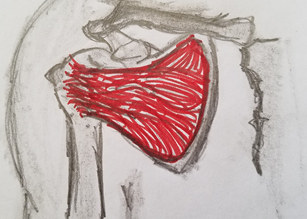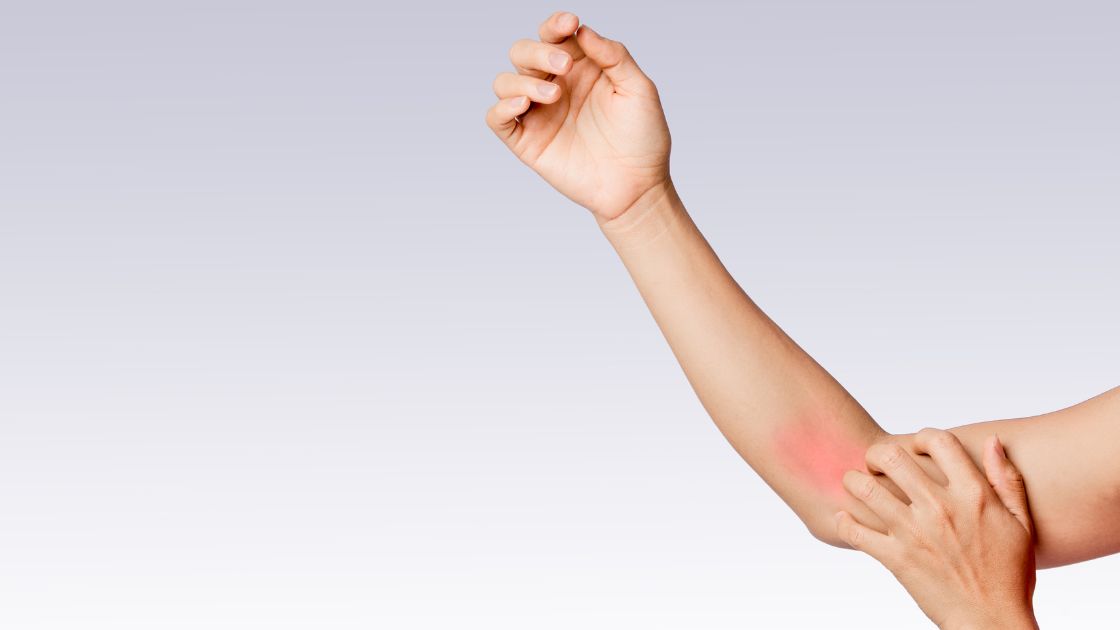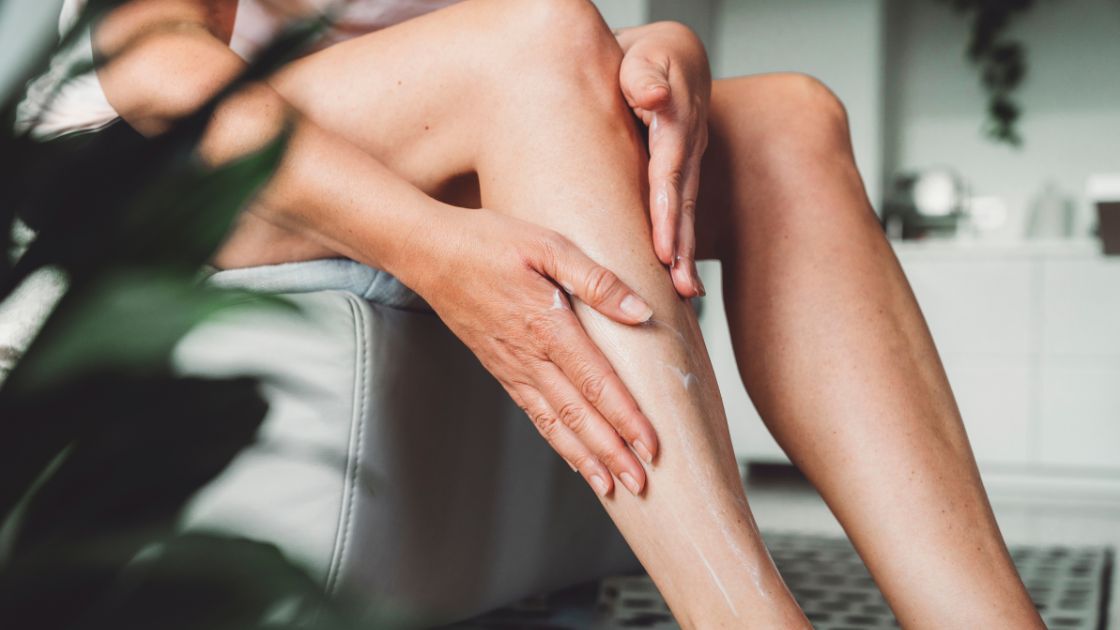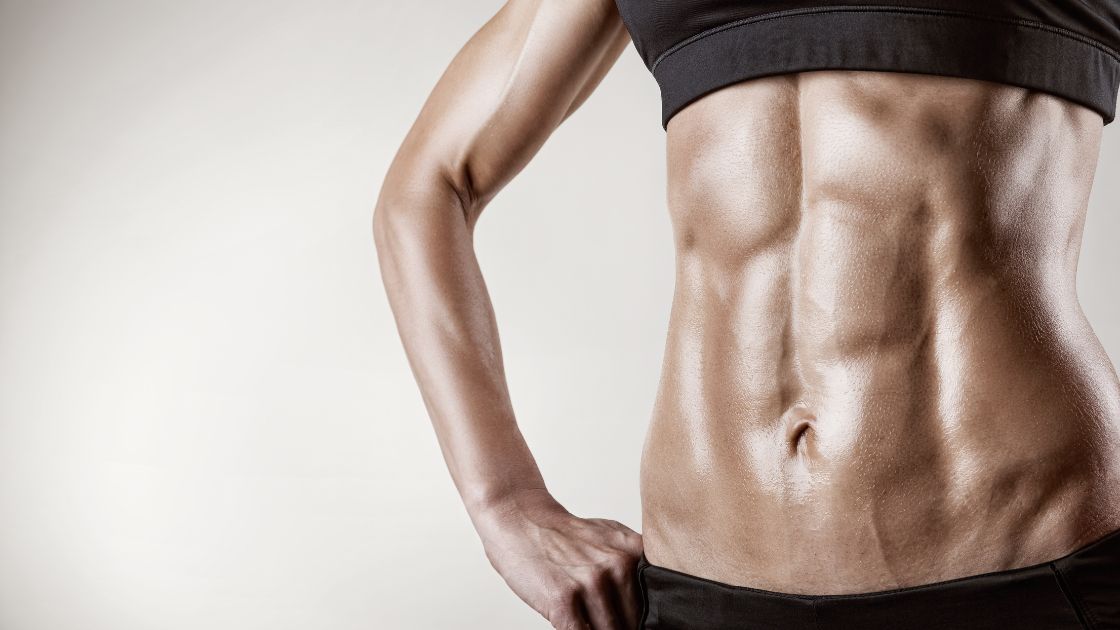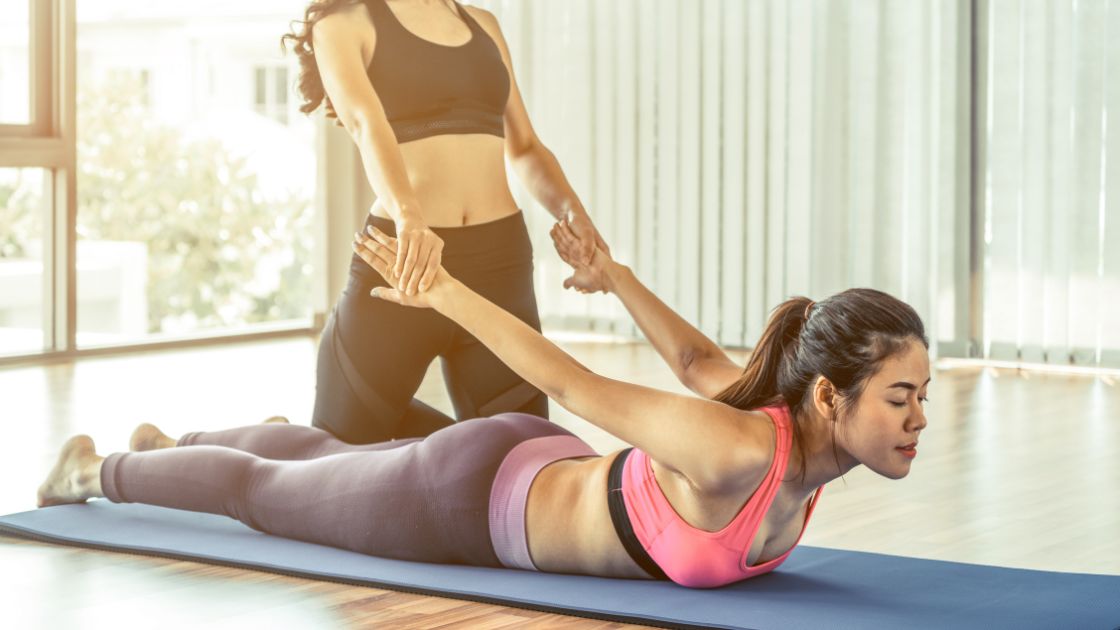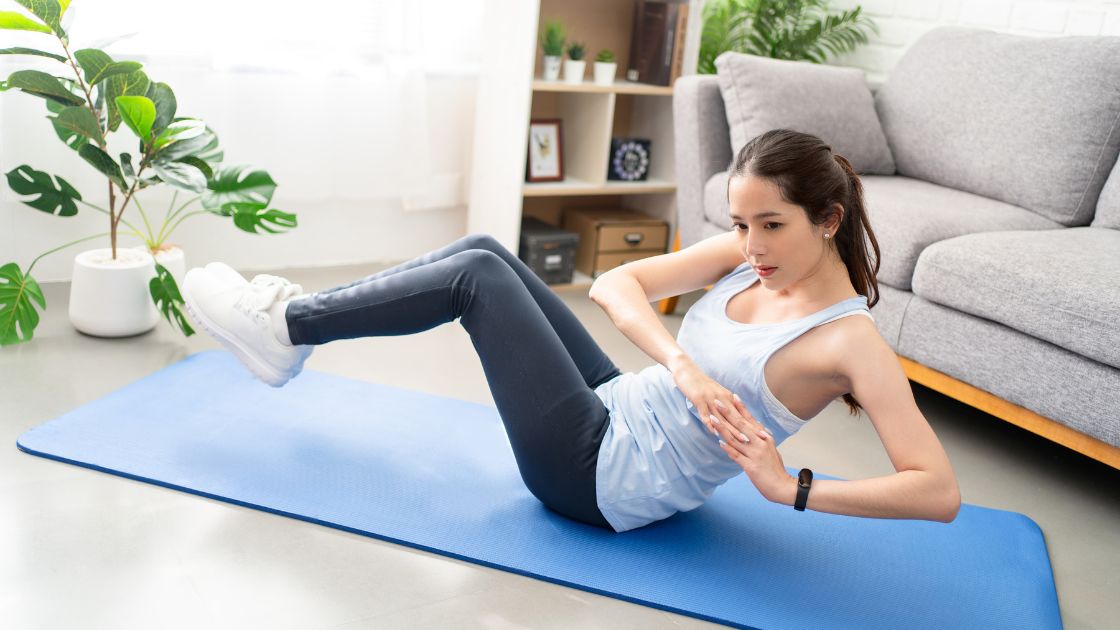The Lonely Muscle Part 1: Subscapularis

The lonely muscle. The muscle nobody likes to talk about. The muscle that so badly needs to be massaged but nobody wants to be anywhere near it. I’m talking about your subscapularis; that one muscle in your rotator cuff that likes to hide under your shoulder blade and develop trigger points. Not only is this muscle less readily accessible than your supraspinatus, infraspinatus and teres minor; it’s also one of the least fun muscles to have touched. (We’ll talk about the psoas another time. That one’s the least fun.)
So what is the subscapularis, what does it do, what are common causes of subscapular pain, and why should you get yours worked on?
What is The Subscapularis?
The subscapularis is exactly what is sounds like: sub meaning under, scapularis meaning scapula. It’s a wing-shaped muscle that fills the flat surface underneath your scapula. The fibers of this muscle form a tendon that inserts into the lesser tubercle of your humerus and into the front of your shoulder joint capsule. Did you know that it’s the largest, strongest and most used muscle of the rotator cuff?
What Does Your Subscapularis Do?
The shoulder joint is unique. It’s a ball-and-socket joint, which gives it the ability to move more freely than those hinge joints in your fingers or those pivot joints in your neck. The main actions of your subscapularis include medial (or internal) rotation and the stabilization of your shoulder joint. The subscapularis keeps the head of the humerus in its correct location, preventing dislocation as the arm moves around the shoulder joint.
What are common causes for subscapularis pain?
- Chronic poor posture
- Sitting at a desk
- Forceful movements of the shoulder joint
- Pitching a baseball, swinging a tennis racket
- Direct impact on the shoulder joint or scapula
- Wrestling, playing football
- Repetitive shoulder joint movements
- Playing drums, lifting weights
- Work accident
- Carrying heavy equipment
- Shoulder joint surgery
- Automobile accident
Why should you get your subscapularis massaged?
- The subscapularis may be the source of shoulder ailments, such as frozen shoulder or tendinitis.
-
- Having the muscle treated can be the first step towards recovery.
- If you’re not addressing the subscapularis, then you’re not working the entire rotator cuff and therefore missing the full benefit of massage.
-
- The other muscles of the rotator cuff end up overcompensating for the untreated subscapularis.
- All the muscles that attach to your shoulder girdle need each other’s help! If one of them is constantly being ignored, your shoulder isn’t going to heal the way it should.
- Limitations in joint range of motion might be the result of an undertreated subscapularis.
-
- In addition to massage, your therapist can also assist you with joint range of motion exercises.
- A person with a tight subscapularis may have a rounded back and inwardly rotated shoulders. As you probably know, poor posture is a common cause of muscle tension.
-
- Treating the entire rotator cuff can help to open your chest and draw your shoulders back, leading you on the way to improved posture.
So when you schedule your next massage, consider how lonely your subscapularis has been and how much it needs to be loved. Let me reiterate that subscapularis treatment will probably require some deep breathing techniques, but your rotator cuff will thank you in the end!
The Lonely Muscle Part 2 will be coming soon! Your psoas needs love too!

Katrina Jenkins
Author, Licensed Massage Therapist
Katrina Jenkins graduated from Towson University in 2013 with a Bachelor’s Degree in Health Science and worked as a nurse’s aide briefly before pursuing her true passion. She graduated from the Massage Therapy Institute of Colorado in April 2016 with honors and completed the Touch of Healers Scholarship Program the following summer. She has been a part of the Moyer Total Wellness Team since the summer of 2017.

